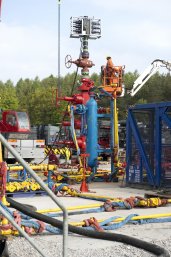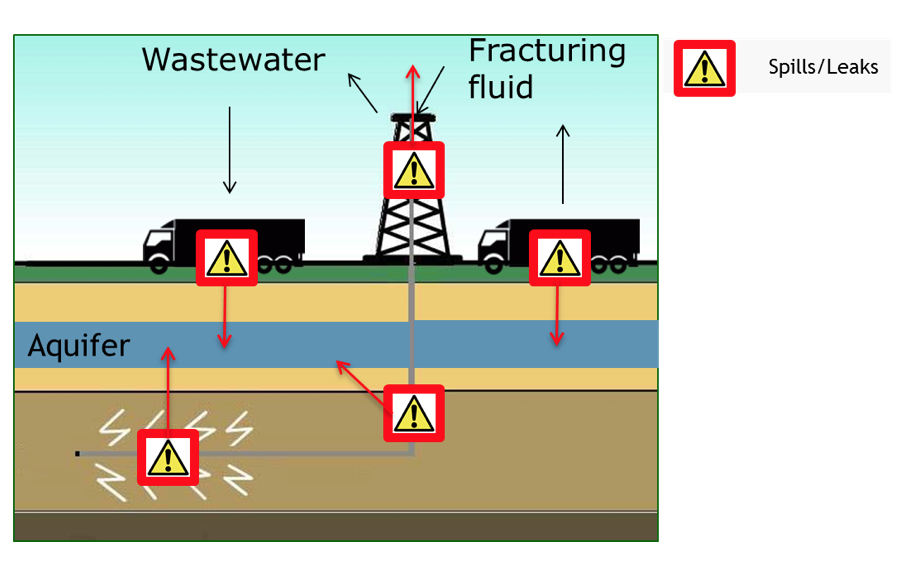Painting a better picture of chemical risks to the water system from oil and gas production in Europe
New publication

There is limited information on the chemical risks of many oil and gas production techniques that take place in Europe. Utrecht University researchers have carried out a chemical and bioassay assessment of hydraulic fracturing-related waters from a tight gas development in the Netherlands. The results help paint a better picture of the chemical risks to the water system associated with oil and gas production techniques in Europe.
Hydraulic fracturing is an oil and gas production technique used in impermeable geological formations. It involves horizontal directional drilling of wells as well as the use of water, chemicals, and proppants like sand at high pressures to fracture rock and release hydrocarbons.
Environmental concerns of hydraulic fracturing
The application of this technology has led to concerns about its environmental impact. “The process creates wastewater that is made up of both injected chemicals and chemicals already present in the formation that are mobilized during the process,” says PhD researcher and lead author Ann-Hélène Faber. “The chemicals in this wastewater can potentially contaminate the surrounding environment in case of a failure”.

Chemical assessments generally based on US shale gas practices
This is bolstered by the fact that chemical assessments of waters related to hydraulic fracturing are generally based on shale gas practices in the US.
For the European situation only a limited overview exists
The chemical additives used in US processes are not identical to those used in Europe, mainly due to differences in regulations and geological conditions. The chemicals mobilized during the process also vary from site to site.
There are many available US studies, giving a good picture of the situation there. For the European situation only a limited overview exists, deepening environmental concerns.
Justification of current measures
The chemical and bioassay assessment of hydraulic fracturing-related waters from a tight gas development in the Netherlands carried out by Faber and colleagues have helped paint a better picture of the chemical risks to water systems related to oil and gas production techniques in Europe, and provide scientific justification for the measures put in place to avoid adverse environmental and human health impacts.
Further reading
Faber, A-H., Annevelink, M. P. J. A., Schot, P. P., Baken, K. A., Schriks, M., Emke, E., de Voogt, P. & van Wezel, A. P. (2019). Chemical and bioassay assessment of waters related to hydraulic fracturing at a tight gas production site. Science of The Total Environment 690, 636-646. doi.org/10.1016/j.scitotenv.2019.06.354 .

